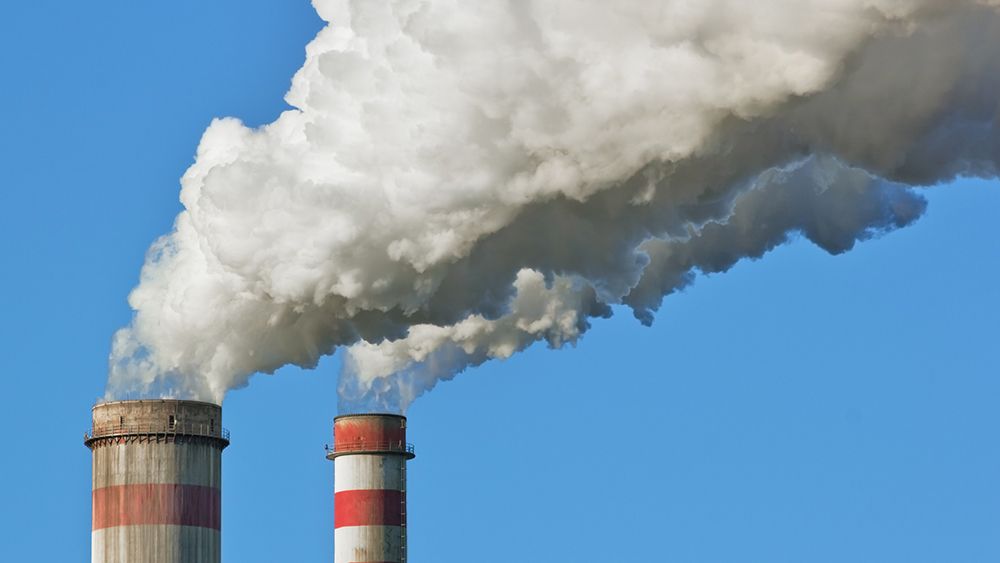MADISON, Wis. — The Wisconsin Department of Natural Resources (DNR) released its 2023 Air Quality Trends Report Monday.
The yearly report included data through 2022 that tracked air pollutants regulated under the Clean Air Act. The pollutants included ground-level ozone, particle pollutions, sulfur dioxide (SO2), nitrogen dioxide (NO2) and carbon monoxide (CO).
Officials said the concentrations of these pollutants have decreased over the last 20 years.
There was a moderate decrease in ozone and fine particulates levels. These are two of the most dangerous pollutants and “contribute to the premature deaths of more than 100,000 Americans every year,” according to the National Oceanic and Atmospheric Administration (NOAA).
This year’s report showed that Wisconsin’s ozone concentrations have decreased by 21% since the early 2000s. Officials reported, “with these reductions, the entire state is meeting the federal 2008 ozone standard.”
“Wisconsin has implemented many programs that have reduced emissions of ozone-causing pollutants from power plants, industry and transportation in the state,” said Gail Good, DNR air management program director.
These reductions have not been enough to meet 2015’s stricter standards, though. According to the report, there have been some ozone level increases in the Milwaukee, Sheboygan and Kenosha areas. These levels fail to the meet the 2015 ozone standard.
“The DNR partnered with the NOAA, National Aeronautics and Space Administration (NASA), the Environmental Protection Agency (EPA) and several universities to better understand ozone formation chemistry and emission sources driving ozone formation,” the DNR said in a press release.
This massive air quality research campaign is an unprecedented effort to further investigate air pollutants.
“The Wisconsin Air Management program is thrilled to be just one part of this unprecedented national air quality study to better understand the public health threat pollutants like ozone create,” said Katie Praedel, DNR’s air monitoring section chief. “These efforts will help states in the Lake Michigan region identify emission control strategies that will lead to air quality improvements and cleaner air for Wisconsin residents to breathe.”
The 2023 report also included national emissions data from 2002 through 2020. The data showed some emissions decreased significantly over that time.
Nitrogen oxides (NOx) and volatile organic compounds (VOCs) both contribute to the formation of ground-level ozone. NOx saw a 72% decrease in reported emissions, while VOCs had a 28% decrease.
SO2 emissions decreased by 93%. According to the report, most of these reductions came from the electric utility fuel combustion sector.
Additionally, CO emissions decreased by 58%. These reductions were attributed to highway vehicles and the off-highway sector.
The 2023 Air Quality Trends Report and other historical reports are available on Wisconsin DNR’s Air Quality webpage. Also on the webpage is a StoryMap. This interactive tool allows users to visualize air quality trends over the last two decades.
Those interested in current air quality conditions can visit the Wisconsin Air Quality Monitoring Data webpage.









